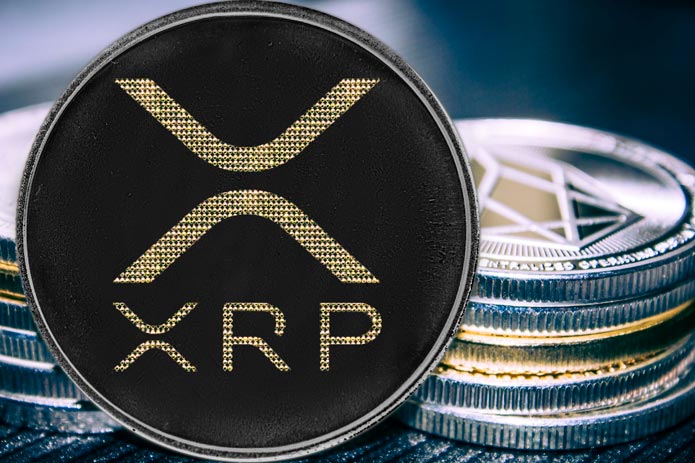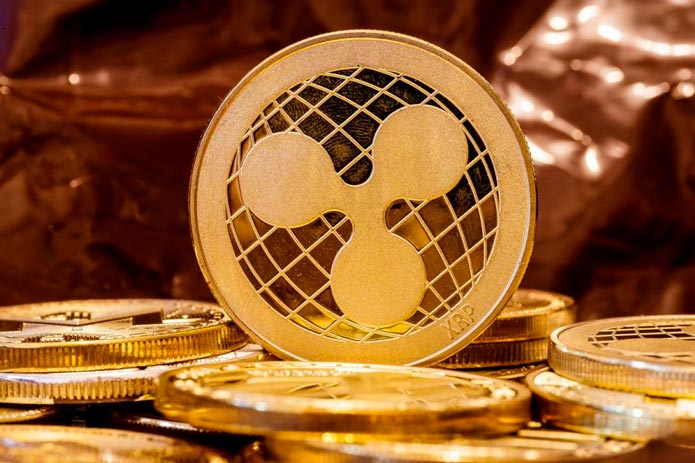Ripple was introduced to the market in 2012 with an objective of providing a relatively fast and pocket-friendly transactions. But far from the usual purpose of cryptocurrencies, Ripple’s functions go beyond from being just a payment platform. This claim is gleaned in the platform’s cutting-edge technologies, allowing participants to use XRP or to create one using the RippleNet.
RippleNet, an independent and opens-source platform, is a pool of networks filled with institutional payment providers such as banking institutions and money service businesses that use the financial solutions developed by Ripple. With the help of Ripple’s advanced technology, rough points are reduced, and one is introduced to a seamless money transfer across the world.
To carry out this process, XRP tokens are necessary. These cryptographic units are representations that a certain value was transferred across the RippleNet. Its primary function is to act as a mediator between two transacting parties. XRP’s flexibility has been one of its salient features as it can quoted with any other currencies- be it virtual coins or fiat currencies. At the time of writing, Ripple is quoted at $0.00001.
Understanding the Ripple Protocol Consensus Algorithm (RPCA)
What sets Ripple from other cryptocurrencies is the absence of its own blockchain technology. True enough, blockchains are essential for decentralization, verification, and security. One might ask how does Ripple carry out transactions without this. To answer, it has its own patented technology called Ripple Protocol Consensus Algorithm (RPCA).
As the name suggests, nodes need to identify and validate transactions before executing. Similar to how blockchains work, RPCA requires its nodes to reach a consensus to render transactions successful. More than half of the nodes in the network need to verify actions so as to continue the process. Simply put that the use of such is essential as this will heavily dictate whether a specific transaction will be successful or not.
Convenience Brought by Ripple
Possessing XRP, or using the Ripple platform for that matter, entails several advantages for its users. For one, its commissions are at competitive rates. Since there are multiple currencies that cannot be converted directly, banking institution usually resort to Ripple. More so, its transaction speed is to be lauded as it only takes 4 seconds to process an order. Initially designed to be a day-to-day payment system, Ripple’s relatively cheap transaction fees and fast execution of orders stand ahead of other cryptocurrencies, with Bitcoin taking an hour to process, and a few days for regular banking systems.
To say, there are interesting stuff that Ripple offers. For one, it enables its users to create their own currency, allowing multiple payment ecosystems to proliferate in RippleNet. For example, those who engage in collecting vintage vinyls may create a specific currency used for buying such. With the use of this mechanism, transacting parties may settle and allocate funds for specific purposes.
Cryptocurrencies’ fundamental premise is to be as decentralized as possible. But with multiple regulatory bodies aiming to regulate the use of digital assets, this function is slowly being tainted. This would not be the case for Ripple as it has its own official organization. Since it specifically caters to banks, it holds a power-safe level of security that does not any regulatory intervention.
Investing in Ripple
While there are several advantages that Ripple carries, its downside is never to be dismissed. True enough, it works using an open-source system, but it bears weaker security compared to those platforms that use blockchains. As this is the case, there is a high chance that the platform may encounter fraudulent activities, or worse, hacking. More so, the rise of Ripple had led to a monopoly, with Ripple Labs, owning more than half of the coins in circulation.
The Future of Ripple
With the use or RippleNet, payments are made more convenient than ever. With its remittance function, it has gained the trust of many including those in the finance and banking sectors. While its algorithm lags behind the usual blockchain used by other cryptocurrencies, it still has some advantages including lesser consumption of energy compared to Bitcoin. More so, it is expected that Ripple will advance two or three notches years from now as the team behind it is in constant innovation.






